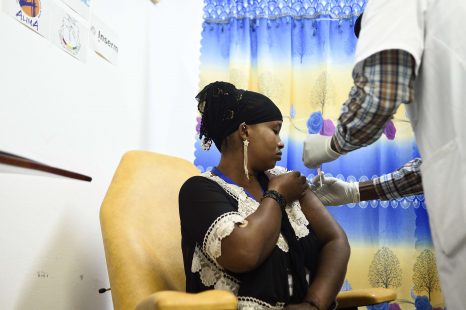Researcher Contact
Hubert BLAIN, Département de gériatrie, Centre de prévention et de traitement des maladies du vieillissement Antonin Balmes, CHU Montpellier, Unité Movement to health – Euromov, MacVia-LR, Université Montpellier 1, Montpellier Frédéric BLOCH, Pôle gériatrique, Site Broca, Hôpitaux Universitaires Paris Centre (AP-HP), Paris Liliane BOREL, Aix Marseille Université, CNRS, Neurosciences intégratives et adaptatives, UMR 7260, FR3C, Marseille Patricia DARGENT-MOLINA, Inserm UMR 1018, Centre de recherche en épidémiologie et santé des populations, Villejuif Jean-Bernard GAUVAIN, Court-séjour Gériatrie, Centre hospitalier régional d’Orléans, Nouvel Hôpital, Orléans David HEWSON, Institut Charles Delaunay, LM2S UMR CNRS 6279, Sciences et technologies pour la maîtrise des risques, Université de technologie de Troyes, Troyes Marie-Ève JOEL, Laboratoire d’économie (Équipe santé), LEDA-LEGOS, Université Paris Dauphine, Paris Gilles KEMOUN, Médecine physique et de réadaptation, UFR Médecine et pharmacie, Poitiers France MOUREY, Inserm U 1093, Cognition, action et plasticité sensorimotrice, UFR Médecine, Université de Bourgogne, Dijon François PUISIEUX, Pôle de gérontologie, CHRU de Lille, Université Lille 2, Lille Yves ROLLAND, Gérontologie clinique et médecine interne, Gérontopôle de Toulouse, Pôle gériatrie Casselardit, Inserm U 1027, Toulouse Yannick STEPHAN, EA 4556, Dynamique des capacités humaines et des conduites de santé, Universités Montpellier 1, 3, Montpellier La coordination de cette expertise a été assurée par le Pôle d’expertise collective de l’Inserm rattaché à l’Institut multi-organismes Santé publique.Press Contact
rf.mresni@esserp01 44 23 60 28


